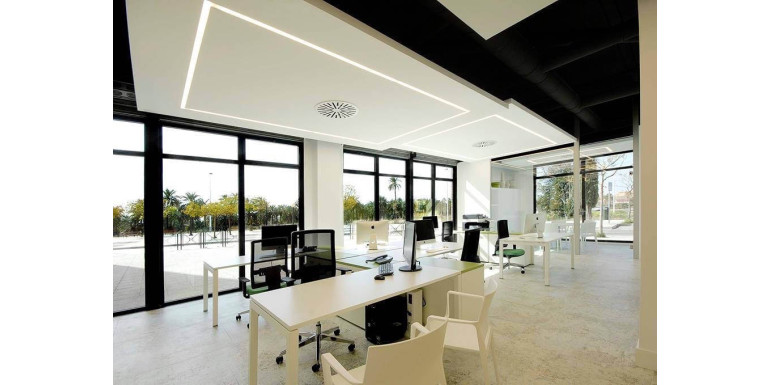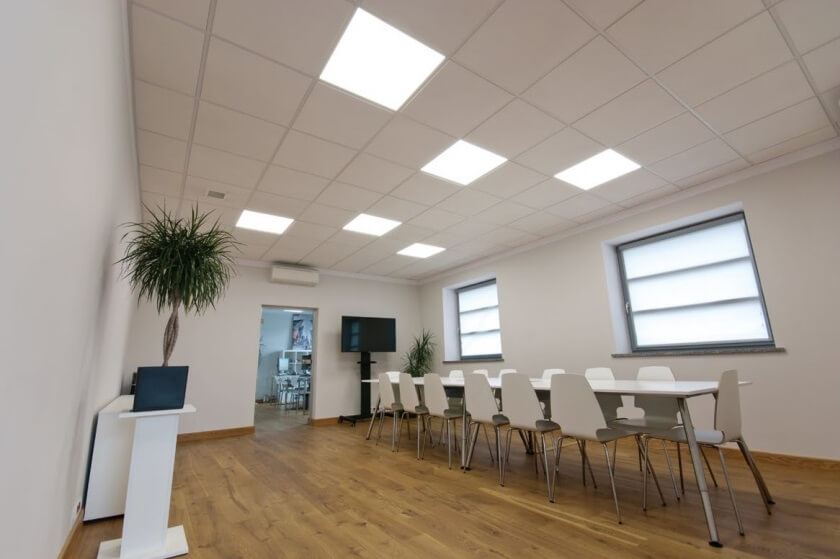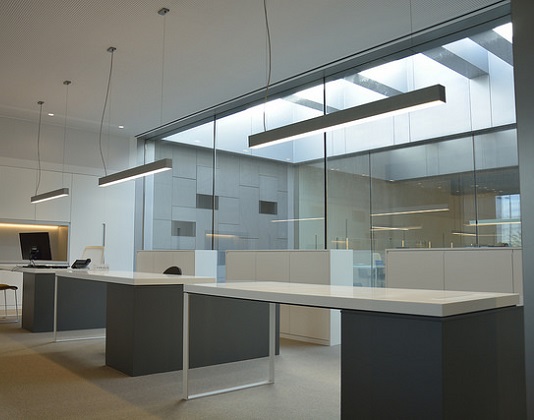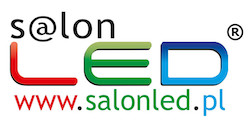-
Why choose gold LED pendant lights? 12/29/2025 22:06:25Linear LED Pendant Light – Where Does It Work Best? 12/18/2025 12:19:09Voltage in LED Lighting – 230V, 12V, 24V or 48V? Comparison and Applications 12/16/2025 18:24:10LED office lamps - basic information02/13/2019 21:37:52

Office lighting can not be chosen accidentally. Of course, if everyone were to decide for themselves, chaos would arise in this matter, which is why there are standards that regulate several issues related to lighting the workplace in the office. So let's learn the basic rules.
Types of lighting
The basic type of lighting in the office should be daylight. It should be available for as long as possible and in the best possible quality, which is about cleaning windows, not removing them without a need, and so on. In fact, standards speak more about artificial lighting, and this can be divided into three categories: general lighting, which does not take into account any special requirements regarding the quality of lighting of individual parts of the room; local lighting, already used to illuminate a well-defined space in accordance with the detailed standards, and included independently of general lighting; complex lighting, i.e. general and local lighting and lighting systems. This division really only defines the type of fittings that should be used and where to mount them, but it does not say anything about the parameters of light.
Light intensity
The basic parameter characterizing the light source is the intensity. PN-EN 12464-1 standard clearly indicates that freedom is not great here.
500 lx - at workplaces related to writing or reading (including writing and reading on a computer or other electronic device), in conference rooms, training rooms, etc .;
300 lx - at the reception desks, in the segregation of documents and their mechanical or optical copying;
200 lx - in archives and warehouses.
Light color
While the concept of intensity is intuitively understood and the importance of selecting the right light source leaves no doubt, inaccuracies are much more frequent when resolving on the colors of light or color temperature.
It turns out that the aforementioned norm does not directly interfere with the color of light, but uses the Ra factor, which means the faithfulness of color rendering. It is maximum 100 and it would mean that such a source of light does not change the perception of the colors of objects at all. In practice, achieving such a result is not possible, while the standard recommends that you use a Ra source of more than 80. Where color reproduction is particularly important, Ra is used for more than 90 light sources. It is worth mentioning here that popular fluorescent lamps are often Ra at level 60-70, which practically disqualifies them from use in the office. That is why LED is a popular LED panels for use in office lighting and corridors, which are increasingly replacing raster-fluorescent luminaires. They are characterized by a much better reproduction of colors and thousands of hours of vitality. The tone of white will also matter (it is expressed in the color temperature in Kelvins), while this parameter is important primarily where general lighting is considered - here, however, the standard does not explain how to act, but a greater role in the selection of proper lighting they play individual preferences and needs. Most often, however, the neutral color is chosen, commonly referred to as natural or daily 4000K-4500K

_1.jpg)
Menu
- +Outdoor lighting
- +Indoor lighting
- +Wall LED lamps
- Line light LED
- LED profiles ALU
- +Track system
- +LED ceiling lamps, hanging and surface-mounted
- +Ceiling covers
- +LED plafonds
- LED recessed downlights
- +Hanging lamps LED
- Ceiling spotlights and spots
- Ceiling fans LED
- LED lights for paintings
- Starry Sky
- +LED floor lamps
- LED table and desk lamps
- Living room
- Bedroom
- Dining room
- LED bathroom lighting
- LED kitchen lighting
- LED stairs lighting
- +LED bulbs
- All manufacturers
- Prices drop
- New Products
- Bestseller




